Competence goals 4 and 5
4. You understand the meaning and goals of assessment in the learning process.
5. You understand the amendments, guidelines and practices that regulate and govern assessment in vocational and higher education.
Each group presented different topics.
Group 2: What are the most common assessment methods, how do they work and differ from each other?
Group 4: What are the goals and intended outcomes of assessment and feedback in vocational education / higher education?
Group 5: What is the difference of assessing competence and assessing the learning process? What kind of feedback / assessment methods can be used?
Group 1: How do the assessment methods reflect the view of learning and the learning theory behind them? Use at least one theory /view of learning as an example in your teaching task!
Group 2: What are the most common assessment methods, how do they work and differ from each other?
I liked the way group 2 started their presentation by showing the learning outcomes of the lesson. The presented learning outcome was:
- Why assessment is needed?
- Identifying the most common assessment methods
- Understanding how do they work and differ from each other
- to compare students with each other
- to see if students meet a particular standard
- to help the student’s learning
- to check if the teaching program is doing its job
To agree with aforementioned, assessments in education are important because it establishes whether the learning objectives in a course are being met. Of course to my opinion those learning objectives need to be vast enough to include all scopes of learning styles and individual personalities in students.
Why assessment is needed?
As group 2 mentioned, Assessment is a very important
component in education because it helps:
The presented video by group 2, about the need of assessments in education was informative, short and interesting.
I believe that assessment is the key factor in learning. Students by seeing how they are doing in a class, can determine if they understand the material. They also may be motivated; if they know they are doing poorly, they try to be more diligent. On the other side, they will become more motivated to continue the good work if they know that they are doing well in exams.
I think, assessments do not help only students. It also allows teachers to see if their teaching method or their chosen material has been effective. In addition, teachers will have the chance to know their students' weakness and strength; consequently, they can help their students learn what they need to know in order to meet the learning objectives of the course.
Assessment methods
The second section presented by group 2 was titled as Assessment methods.
As they said, types of assessment are:
- Diagnostic
- Formative
- Summative
I liked the idea that group 2 arranged it in a way that all students give their ideas and later they present a short and engaging YouTube video about the topic. Here is video, which shortly explains each mentioned assessment methods.
What is Diagnostic type of assessment?
Diagnostic assessment is also called pre-assessment. In this phase of assessment teachers evaluate students' strength, weakness, skills and knowledge before they start teaching. The same assessment is given after teaching to examine if students have met a the required learning objectives. Post-assessments can show students’ potential improvement in certain areas.
This type of assessment helps teachers to plan a meaningful, practical and efficient instruction to suits each student as a whole individual person with different needs and learning styles. This assessment specifically is popular in learner centered and competence-based approaches in teaching. As an example the personal study plan which is applied in vocational schools is kind of diagnostic assessment to know the needs, learning styles, and students' personality.
One example in a smaller scale is that, I usually evaluate my students language level before teaching, to know what material meets their level. Or if they all are in a homogeneous group; as a language teacher, we do not want beginner, intermediate, and advanced students in one class!
Formative Assessment (Assessment For Learning)
This is the definition which group 2 provided for formative assessment.
Indicate students' prior knowledge.
Assess the learning that has occurred during a teaching/learning session.
Can help instructors adjust content and activities to encourage more effective learning.
May make the teaching/learning process more efficient and effective by zeroing in on content that needs to be taught and mastered.
Can help students understand the value of a lesson, module, or entire course.
Can point out to students the gaps in student’s reasoning and misperceptions about subject matter.
May motivate students to seek accurate information and practice.
Demonstrate to students that their instructors care about them as people and about their success as learners.
“When the cook tastes the soup, that’s formative. When the guests taste the soup, that’s summative.” Robert E. Stake, Professor Emeritus of Education at the University of Illinois
Formative assessment is also called Formative feedback, since it is a way to find out what students know while they are still trying to learn. With formative assessment teachers can monitor student's learning and provide ongoing feedback to students, staff and parents. This assessment is called assessment for leaning (William, 2011). This assessment helps students to know their own strength and weaknesses; consequently, improve their self-regulatory skills to manage their education firstly and secondly their personal life. The school also receive enough information through this type of feedback about the areas students are struggling so that enough support can be provided to them.
Formative assessment usually does not include grades, so that usually it does not produce much stress to students. Therefore, may even be motivating enough to engage them in doing it.
Some general formative assessment examples can be:
Impromptu quizzes or anonymous voting
Short comparative assessments to see how pupils are performing against their peers
One-minute papers on a specific subject matter
Lesson exit tickets to summarise what pupils have learnt
Silent classroom polls
Ask students to create a visualisation or doodle map of what they learnt (Promethean)
One formative assessment example of what I do in my ELT classes is for instance, my students have just finished a project on different food names, which had as a learning aim better understanding of the use of the simple present tense to describe their diet routine. I ask each student to prepare gap-filling exercises for each other based on what they have already talked about. They look through each others task and give each other feedback.
I have noticed that generally students enjoy it more when they give feedback to each other. As Lee (2011) stated Learners can test each other on language they have been learning, with the additional aim of revising the language themselves.
These days, digital tools are suited for dynamic formative assessment. Students’ interactions with online learning tasks through digital tools can be captured, stored, and analyzed for learning behavior patterns and needs. Also, the real-time nature of data capture and reporting with digital tools offers teachers timely updates (Bullmaster,2021). TO my opinion, digital assessment saves time for teachers, since they do not have to grade the papers. And students also have access to the result of how they did the test or exam immediately after the assessment is done. Sometimes it is also fun to do the test all students and teacher together like Kahoot, or Quizlet applications.
Summative Assessment (Assessment of Learning)
To my opinion in this infographic the importance of summative assessment is undermined by not talking much about it and defining it only as Final grade.
Summative assessment add what a students has achieved up at the end of a period of time. Of course this adding up is based on the learning objectives and the national standards. Summative assessment does not apply only in the end of the semester; however, teacher can take it at the end of a topic or mid-term or as in the case of the national curriculum tests, at the end of a key stage. A summative assessment may be a written test, an observation, a conversation or a task. It may be recorded through writing, through photographs or other visual media, or through an audio recording. Whichever medium is used, the assessment will show what has been achieved. It will summarise attainment at a particular point in time and may provide individual and cohort data that will be useful for tracking progress and for informing stakeholders (e.g. parents, governors, etc.) (National foundation for educational research). Summative assessments often have a high point value, take place under controlled conditions, and therefore have more visibility.
In my ELT classes, I usually consider two summative assessments: one in the mid-term and another in the end of the semester. Midterms provide students with a very accurate representation of how they are doing in my classes. This also assists me as teacher to encourage students on their strength and help them to improve their weaknesses. Specially in English classes to make summative assessment more meaningful and helpful to the learner is to think about how work done previously contributed to the results. Teachers can ask learners questions such as ‘What did we do in class that helped/didn't help you in this test?' and ‘How did your own way of working help/not help?
During my Masters' studies, me and my classmates, for a whole semester, were analysing, practicing, and doing research on the various ideas and concepts presented in books named "Language Testing" and "Fairness,Justice and Language Assessment" written by Tim McNamara. In the first mentioned book, McNamara examines issues such as test design, the rating process, validity, measurement, and the social dimension of language testing. He looks at both traditional and newer forms of language assessment, and the challenges posed by new views. In the second mentioned book McNamara follows two goals, each related to the validity of language assessment. The first goal is to explore the difference between fairness and justice in language assessment. The second goal is to show how the extent of test fairness can be demonstrated and improved using the tools of psychometrics. The reason I mentioned theses books is that in my field of study, assessment is the core factor in learning, since Language is treated as a skill based subject but not as a content based one (Office of Secretary General Pedagogical Development Unit, 2013). Therefore, as a skill or competency, it is important not to rely on only summative assessment specially in language teaching. In the next section, where we talk about assessment in vocational education, I explain more on this matter.
Group 4: What are the goals and intended outcomes of assessment and feedback in vocational education / higher education?
Like the last group, I enjoyed it when group 4 started their presentation by the learning objectives of the lesson. This always gives a clear road map to students on what they are expected to focus on and learn in the end.
The goals and intended outcome of assessment already considered and explained briefly in the last section where group 2 presentation was reviewed. Group 4 put more focus on the vocational part of the main question which was: What are the goals and intended outcomes of assessment and feedback in vocational education / higher education? They divided nicely the different purposes or affects of assessments in vocational section:
- Guiding purpose
- Control purpose
- Selective and predictive purposes
- Motivating purpose
- Developing purpose
- The direct effects that assessment has on the learning progress
- Assessment directs studying> An essential role in the quality of the achieved learning
- Studying can be directed towards choices that are appropriate for the set learning outcomes
- The methods tell the student how they should study in order for it to be beneficial
The control purpose of assessment is said by group 2 to be:
- Focused on the monitoring and examination of actions
- External related to action
- Quantitative
- Content validity
- Test reliability
- Fairness
- Student engagement and motivation
One of the most important characteristics of any quality assessment is content validity. Simply put, content validity means that the assessment measures what it is intended to measure for its intended purpose, and nothing more (Evans, 2013). I will continue explaining more about content validity in the end of this section.
Test Reliability:
Reliability Is Consistency.
Test scores are reliable to the extent that they are consistent over:
- different occasions of testing
- different editions of the test, containing different questions or problems designed to measure the same general skills or types of knowledge, and
- different scorings of the test takers’ responses, by different raters (Livingston, 2018).
Assessment Fairness:
Found in UNESCO webpage, assessment fairness refers to "the consideration of learner’s needs and characteristics, and any reasonable adjustments that need to be applied to take account of them. It is important to ensure that the learner is informed about, understands and is able to participate in the assessment process, and agrees that the process is appropriate. It also includes an opportunity for the person being assessed to challenge the result of the assessment and to be reassessed if necessary. Ideally an assessment should not discriminate between learners except on grounds of the ability being assessed.”
Student engagement and motivation
Assessment
is considered to be vital for students progress. However, it can also
provide opportunities for teachers to encourage and motivate learners
to succeed, both academically and socially (Black & Wiliam,
2010). Considering formative assessment, it can provide opportunities
for teachers to encourage and motivate students. As an example, when
teacher introduces a topic, students can be asked to engage in an
open discussion to determine students' progress in their learning.
Applying constant summative assessments, and using them as a motivator can lead to students becoming demotivated (Harlen, 2007). However, if summative tests are required, demotivation can be avoided by allowing the students to conduct the test as both open and closed-book.
In
all years of my language teaching experience, I learned that the
assessment should be mainly formative. It should be based on
classroom instruction and every day tasks. By my observations,
quizzes, and self-assessment learners know their level and their
progress. Formative assessment's purpose in language courses is to
show and document the learner's progress. It is important that
students become independent language learners and be learn how to be
aware of their own language development.
Assessment
in Vocational and Upper Secondary Education
Assessment
in vocational education is competence oriented and this competence
assessment plan is prepared by VET providers as a part of its quality
assurance system. The plan includes all the guidelines and procedures
taken by the education provider regarding applying the competence
assessment. The plan details also how the following aspects are
carried out (who does what, how, where it is registered and how the
student, staff and stakeholders as teachers, guidance and counselling
staff and assessors of competence are informed); pre-assessment to
know the prior knowledge ; demonstration of competence; certificates;
introductory programs and monitoring the implementation of the plan
itself. In addition, each
student is evaluated by considering his/her own special needs, plan,
and learning style. In VET learners have this autonomy to
demonstrate their skills in various ways as long as it conveys all
the determined criteria.
The competence assessment plan is used by teachers, guidance personnel and assessors of competence. The practicality of the plan is controlled and assessed. It is part of the quality assurance system of the VET provider. The plan is attached to the application for a license to provide VET (European commission).
Content validity:
Valid language test for for example, should include tasks that are representative of at least some aspects of what actually happens in the class settings, such as listening to recorded native speakers, writing texts, speaking with peers or in groups, and reading texts.
Test reliability refers to the degree to which a test is consistent, without error and stable in measuring what it is aimed to measure. Simply put, a test is reliable if it is consistent within itself and across time (Frenzen, 2000). An example of this concept can be the kitchen scale; if it gives drastically different numbers every time you weight the same amount of food, this scale would be considered not reliable. In Language assessments, we need to make sure that the results of a test shows a language learner's actual ability. We need to decide beforehand whether the answers to the test are going to be scored as correct or incorrect (multiple–choice tasks, for example) or whether we might use a range of marks and give partial evaluation, as for example, in reading or listening comprehension questions. The other important factor In test reliability is the assessor. We need to make sure that in for example speaking and writing tests, which are considered to be subjective, the involved teachers have received some training, so that they are marking to (more or less) the same standard.
Finland education evaluation system supports the development of education and is intended to improve conditions of learning (Ministry of education and culture). It is primarily designed to serve further development (Chelimsky, 1997).
As mentioned in (Ministry of education and culture) webpage, the key principle of evaluation system is transparency and trust and the efficient interaction between evaluators and students. Generally, evaluation in vocational education system in Finland relies on transparency, fairness and independence in the contrary to third world countries including my own which is based on control or public comparison.
Of course, the assessment of learning outcomes is a part of the system of evaluation of Finland education system. The concept of evaluation of learning outcomes is used to indicate what students know and what they are capable of doing as a result of the learning process, in relation to the goals set for the education.
The primary task of the evaluation of education is to support the development of education and its various actors (Asetusammatillisesta koulutuksesta, 811/1998).
In VET, not only students learn on the job, also they demonstrate their vocational skills which are the key means of ensuring the orientation to working life of VET. Vocational skills demonstrations consist of a work situation or work process designed, applied and evaluated together by the education provider and representatives of working life. During the skills demonstration, the student carries out practical tasks at a workplace or the educational setting. Students need to demonstrate how well they have attained the goals and the vocational skills which are necessary in working life.
The content of the demonstration has to correspond to the national requirements of qualification (Ministry of education and culture).
For instance in OSAO, where I did my teaching practice, we evaluated customer service students' language skill by doing Authentic Assessment. Authentic assessment is a course evaluation method where the students apply their knowledge to unique real-life contexts or situations. Muller describes it as a form of assessment in which students are asked to perform real-world tasks that demonstrate meaningful application of essential knowledge and skills. The reason for conducting such assessment was the limited chance of encountering English language customers in the real job situation for all students in a determined scope of time. We set up a classroom like a real clothing shop with all authentic products and price tags. Students as sales persons has the opportunity to present the products to me and another teacher as customers. The criteria was already presented to us and we evaluated each student based on National Requirement of Qualification presented below.
The students complete a vocational skills demonstration for each module of the vocational qualification, and they must pass each of them. These demonstrations are included for every term. Students should have a demonstration plan for each skill demonstration. They should have it approved by their teacher and workplace instructor as well (Laki ammatillisesta koulutuksesta annetun lain muuttamisesta,601/2005). This was exactly the same as what I did in my teaching practice as part of professional teacher education studies.
Group 5: What is the difference of assessing competence and assessing the learning process? What kind of feedback / assessment methods can be used?
Group 5 started their presentation by asking a question.
What does each concept mean to you as a teacher? Assessing competence/ Assessing learning process.
We had 5 minutes to give our opinions.
These definitions presented by group 2.
Assessing Competence
I think it is important to mention that the essential idea of competency based education is reducing the gap between education and employment and in higher education the concern is mostly about on achieving deep, meaningful and life long learning, therefore, it would be possible to transfer learning to real situations (Edwards & Knight, 1995).
Assessment practices in the classroom can both improve and restrict student learning; and competency assessment has been perceived as the most important element in what and how students choose to learn, and the quality of their learning results is related to the kind of assessment which is used. This affect of assessment on learning is known as “backwash effect” (Alderson & Wall, 1993).
Backwash effect states that how student learning depends on what they think will be assessed. When students see assessment tasks as only cognitive matter, which only tests memory call, they reduce their learning to some specific facts, like memorizing some disconnected cluster of information. Therefore, when they are assessed, they only reproduce those information, which gets down to surface learning. On the contrary, when students realize that the assessment task requires demonstrating a skill or their own understanding of the learned concepts, they are generally tend to study whatever they are actually understand, which is an approach to deep learning. Therefore, regarding learning, the “backwash effect” can be both negative and positive due to the fact that the experience of assessment influences how students approach learning (Miguel, et al., 2018).
Teachers should guide students in acquiring quality learning approach. Learners take an active role in quality learning to be able to acquire a strategic approach towards each task they are asked to complete. This approach is rooted in reflecting on their own learning and competency development, and not focused on passing assessment tasks. The goal is to prepare the students to learn independently and to be able to apply those skilled tasks in real life situation.
In this video competence assessment is defined in a simple language and interesting way.
If I compare the old times approaches in learning to modern ones, I can say that in the past the focus was mostly on input and requiring certain hours in a curriculum on certain topics. Nowadays, modern education programs are established based on set of profoundly researched and discussed competencies which can be said that output is important. It can be obviously observed for example in VET how all the courses and assessments are then aligned to those specifically defined outcomes.
The biggest change in education from past to now, is that many of these competencies or outcomes are not pure knowledge anymore; they actually are more authentic professional skills or general competencies which are essential to be successful in labour market. Being able to work in a team, being able to communicate, being able to write academically and being able to behave professionally are examples of these general competencies. The authentic assessment, which I witnessed in customer service language competency assessment, was also considered a learning chance for students since they could learn how to overcome the unexpected challenges in real life situations. This is the reason why this approach in assessment is also called assessment for learning.
Both success and failure in the labour market are associated with these kinds of skills. As a result modern curricula pay more attention to the development of these skills.
Assessment of Learning
The number of assessment methods is great, however, there is a very simple model of competence to classify methods of assessment. Miller proposed a pyramid of competence with four different layers (Miller, 1990). In these four layers we will see at the bottom of the pyramid assessment of learning approaches.
“Knows” which is at the bottom of the pyramid, represents the assessment of factual knowledge. This is done when the assessment is written or computer based tests for facts. There are various tests for evaluating facts, for instance, multiple-choice, oral exams, short answers, etc.
The other level is when the student is able to practice the knowledge, is able to do critical thinking, or do problem solving, this is then called “knowing how”. One example of this level can be open-book exams, giving presentation on a research project, etc.
As it seems, the first layers assess cognitive skills, therefore, can be called assessment of learning; However, the top two layers assess behavioral performance then assessment of competence.
The next level is “Show how” level, where learners are required to demonstrate their skills though stimulation of professional tasks that is being judged on checklists (Segers & Dochy, 2010). Examples associated with this level are assessment center, when students are presented with tasks in a similar to real life situations and are required to deal with the tasks professionally. This is exactly how the assessments are carried out in OSAO business section, where we simulated the work setting and ask the students to deal with different job responsibilities based on the criteria which they were already familiar with. In health sciences such as medicine, dentistry and nursing, they use what is called Objective Structured Clinical Examinations (OSCEs) (Petrusa, 2002).
The next level of competence, the ‘does’ level is when actual behavioral performance is being assessed in real-life work settings. Work-based assessment can be assessed indirectly, for example, by judging products of the work, or directly by evaluating observed performance. One obvious example for me in this level might be while I was teaching as a students teacher in classroom and an experienced teacher as my guiding teacher observed.
Group 5 presented as an example, one efficient instrument which is used by supervisors and other persons named 360° feedback. It was a new term to me and I was interested to know more about it. In this assessment a set of ratings is used from a range of relevant co-workers or clients or other relevant persons, providing quantitative (rating scales) and qualitative information (narrative information) on the person being assessed (Brett & Atwater, 2001 ). This information is reported back to the learner in an accumulated form and often complemented with a self-assessment.
To my opinion, Portfolio can be considered as a great way of demonstrating knowledge and or skills. In a portfolio the burden of evidence is reversed from teacher to learner. Such a relief for us as teachers :) Based on the competency definitions, the learner has to demonstrate attaining these criteria through presenting evidence (arts, other assessment information, recorded activities) and by reflecting on the evidence.
To finish the topic, I need to put one important point into consideration. The point is that three first layers of Miller's pyramid are standardized tests which have specifically defined criteria. But, the last layer may be considered as non-standardized and the issue of subjectivity needs to be addressed.
Group 1: How do the assessment methods reflect the view of learning and the learning theory behind them? Use at least one theory /view of learning as an example in your teaching task!
To my opinion, this presentation of group 4 has been the best one during our online teaching demonstration for this course. 😍 I liked the visualization, the lesson plan, the teaching method, the presenter's competence and knowledge in topic, her approach in giving feedback and class management. Well done Qingyang !
Firstly, she presented a table of different learning theories which we were supposed to already study and know about them. Of course, her purpose was not just providing input. The presupposition was that we as teachers are familiar with general learning theories.
The learning theories: Behaviorist theory, Cognitive theory, Constructivist theory.
Then, she presented a task starting with giving us case study sample. The idea was that we go through different assessment methods conducted by an imaginary teacher who wants to assess her student.
After reading all the assessment methods, which the teacher has applied for evaluating learner's competency, we needed to decide what learning theory was behind each of the mentioned assessments.
The whole teaching session was based on individual reflection and group discussion; and that made the whole session engaging.
Behaviorism views to assessment
Teachers with behaviorism approach assess learners by observing the behavior and analysing the behavior. They mostly give special attention to the consequences and the cause that is coming from the performed behavior. Behaviorists assess learners with intense observation while they control and maintain the environmental elements (Strain & McConnel, 1992).
Behaviorists assess the degree of learning using methods that measure observable behavior such as exam performance. Behaviorist teaching methods have proven most successful in areas where there is a “correct” response or easily memorized material. In behaviorism view, more value is given to knowledge level and understanding the level of achieving lesson and course objectives. It is noticeable that most assessment methods in behaviorist view is summative or assessment of learning. assessment methods in behaviorist view is summative or assessment of learning.
Drawbacks of Assessment in Behaviorist Model of Education
- Assessment is only about the success of teaching process.
- Students are passive listeners so proper assessment of achievement is not possible.
- Less importance to psychological aspects of learner.
- More importance to the product achieved by the students.
- No weightage to the mental process of learners.
- No continues assessment of the learner.
- Less importance to co-scholastic achievements (Prasans Venpakal)
- recall
- recognize
- interpret
- exemplify
- classify
- summarize
- infer
- compare
- explain
- execute
- implement
- differentiate
- organize
- attribute
- check
- critique
- generate
- plan
- produce
Types of Assessments in Cognitivism view of learning
In cognitive view the learning outcome as the result of assessment-of-learning can be considered in different categories of: remembering, understanding, applying, analysing, evaluating, and creating (The association of college and university educators/ ACUE)
Remember
Students will be able to:
Examples of types of assessment
Objective test items that require students to recall or recognize information:
Fill-in-the-blank
Multiple-choice items with question stems such as, “what is a…,” or “which of the following is the definition of..."
Labeling diagrams Reciting (orally, musically, or in writing)
Understand
Students will be able to:
Examples of types of assessment
Papers, oral/written exam questions, problems, class discussions, concept maps, homework assignments that require (oral or written):
Summarizing readings, films, speeches, etc.
Comparing and/or contrasting two or more theories, events, processes, etc.
Classifying or categorizing cases, elements, events, etc., using established criteria.
Paraphrasing documents or speeches.
Finding or identifying examples or illustrations of a concept, principle.
Apply
Students will be able to:
Examples of types of assessment
Activities that require students to use procedures to solve or complete familiar or unfamiliar tasks; may also require students to determine which procedure(s) are most appropriate for a given task. Activities include problem sets, performances, labs, prototyping, and simulations.
Analyze
Students will be able to:
Examples of types of assessment
Activities that require students to discriminate or select relevant from irrelevant parts, determine how elements function together, or determine bias, values, or underlying intent in presented materials. These might include case studies, critiques, labs, papers, projects, debates, and concept maps.
Evaluate
Students will be able to:
Examples of types of assessment
A range of activities that require students to test, monitor, judge, or critique readings, performances, or products against established criteria or standards. These activities might include journals, diaries, critiques, problem sets, product reviews, and case studies.
Create
Students will be able to:
Examples of types of assessment
These may include research projects, musical compositions, performances, essays, business plans, website designs, prototyping, and set designs.
Assessment in Constructivist Model of Education
Constructivism is often associated with pedagogic approaches that promote active learning, or learning by doing. In this view learners are not considered anymore as only a recipient of knowledge, but a constructor of knowledge. Students are autonomous learners with meta-cognitive skills for controlling their cognitive process during learning (Prasans Venpakal)
Learning involves selecting relevant information and interpreting it through one’s existing knowledge (schemata), therefore, teacher is in the same level of the learner in the process of building or constructing meaning in a given situation. Correspondingly, assessment is qualitative rather than quantitative, determining how the student structures and process knowledge rather than how much is learned.
The main strategy in constructivist learning is continuous and comprehensive assessment. In this view, assessment is formative rather than summative.
In this video the whole Constructivism in learning and their view on assessment is nicely with detail explained.
Personalizing studies in Vocational Education
The plan also defines what professional skill requirements of the qualification are learnt and assessed in the workplace. (Opetushallitus, 2020b).
As an example, all of the learners in the current Professional Teacher Education program have different needs in acquiring the necessary competencies. In addition, they all have different course attendance and study time plan; and considering various learning styles and personalities, there should be specially designed plan for each learner in this program.
For an adult student, the needs to acquire vocational skills are dependent on the student’s individual or the company’s goals as well as needs of special skills and expertise. An adult student may increase their skills by completing parts of the degree or by deepening their skills with a vocational or specialist vocational degree (Siirilä, 2019). The process of competence-based teacher education in Professional teacher education program presented in OAMK is:
- Competence goals, identifying competences, self evaluation
- Personal Study Plan (PSP)
- Developing competences
- Demonstrating competences through your chosen methods
- Competence assessment and recognition
- Continues development / life long learning
Before teaching practice starts, student, tutor and guiding teacher discuss about the competence goals and demonstrations of the competencies. Based on that students organize their own personal teaching practice plan on how to demonstrate required competencies. Teaching practice starts as soon as the plan is accepted by both tutor and guiding teacher. While we do teaching work, we have this chance to demonstrate different competencies. Guiding teacher guides and supports us during teaching practice to help us develop our professional skills. In the end, guiding teacher evaluates all the demonstrated competencies. During this time, students also need to work personally on their own progress and also reflect on their learning and development process which we do it in our personal blog.
Later, guiding teacher's assessment, which is written in the form of report and assessment, will be send to tutor and student.
Here you can find the mentioned assessment form.
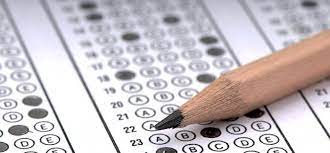
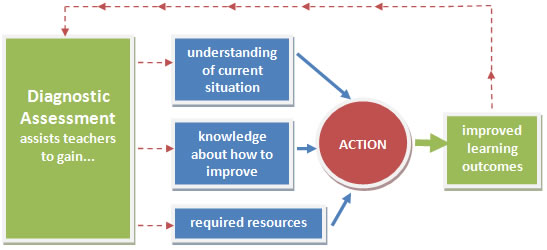
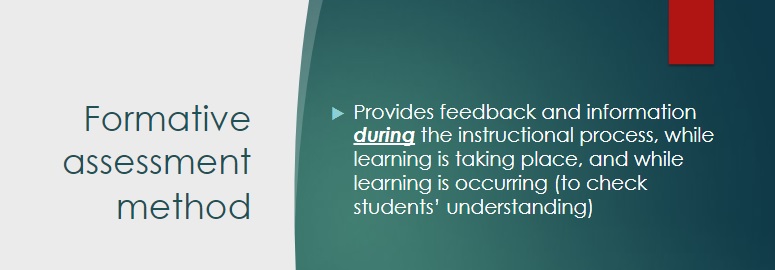
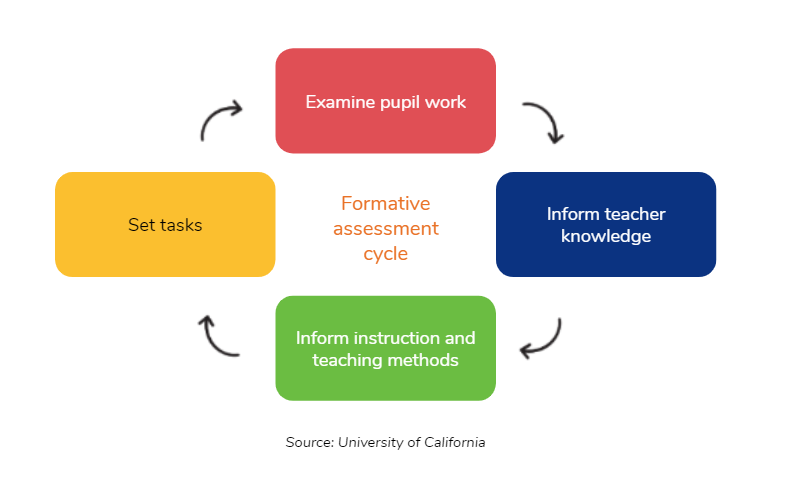
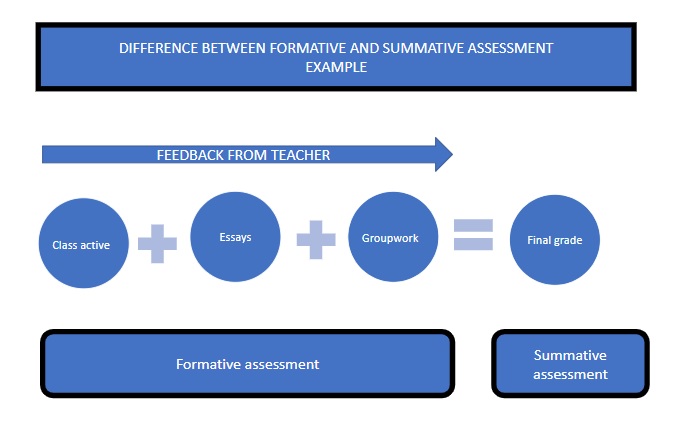
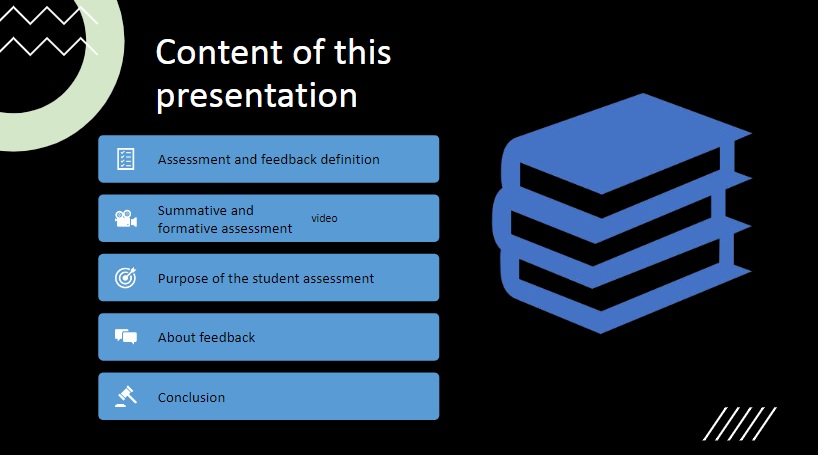
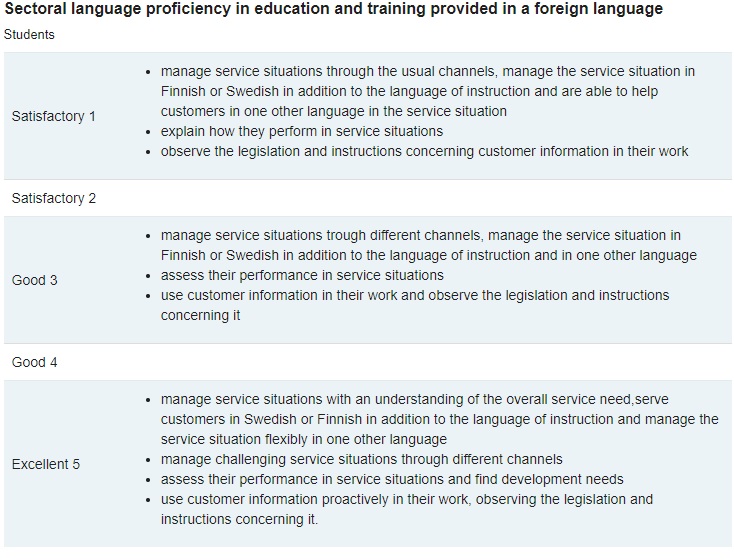
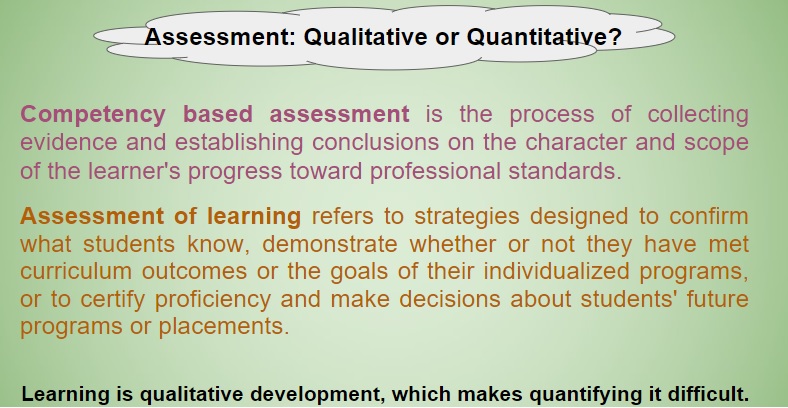

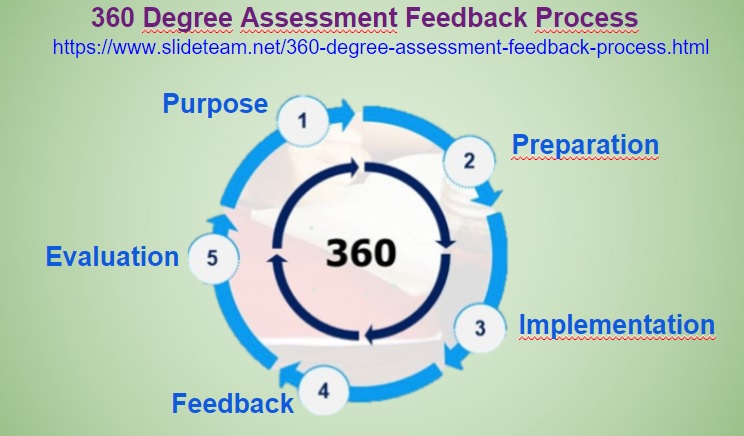
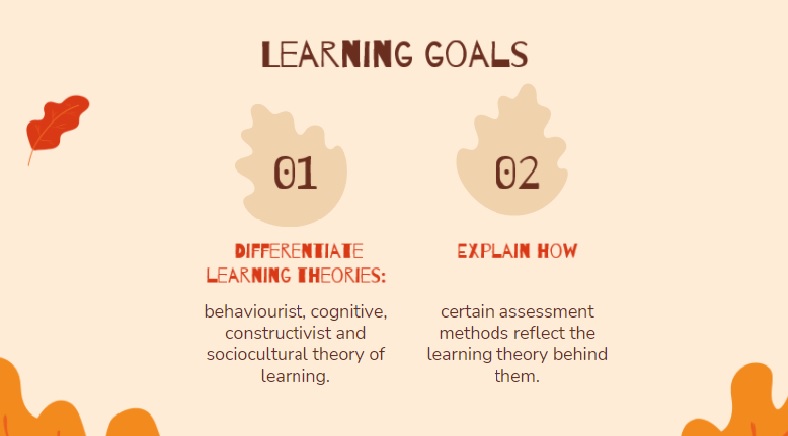
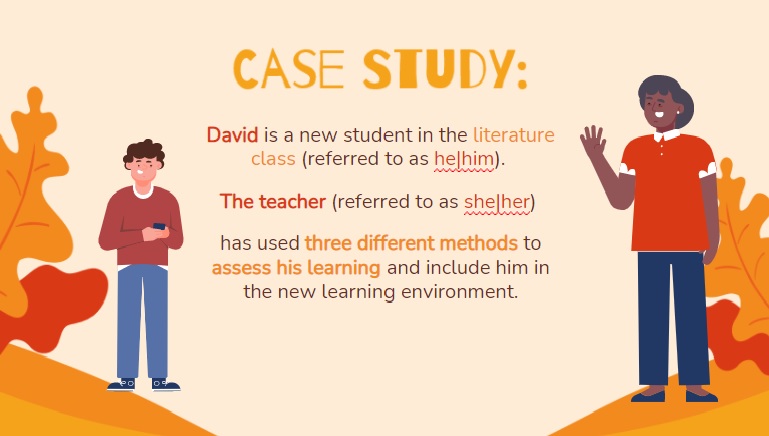
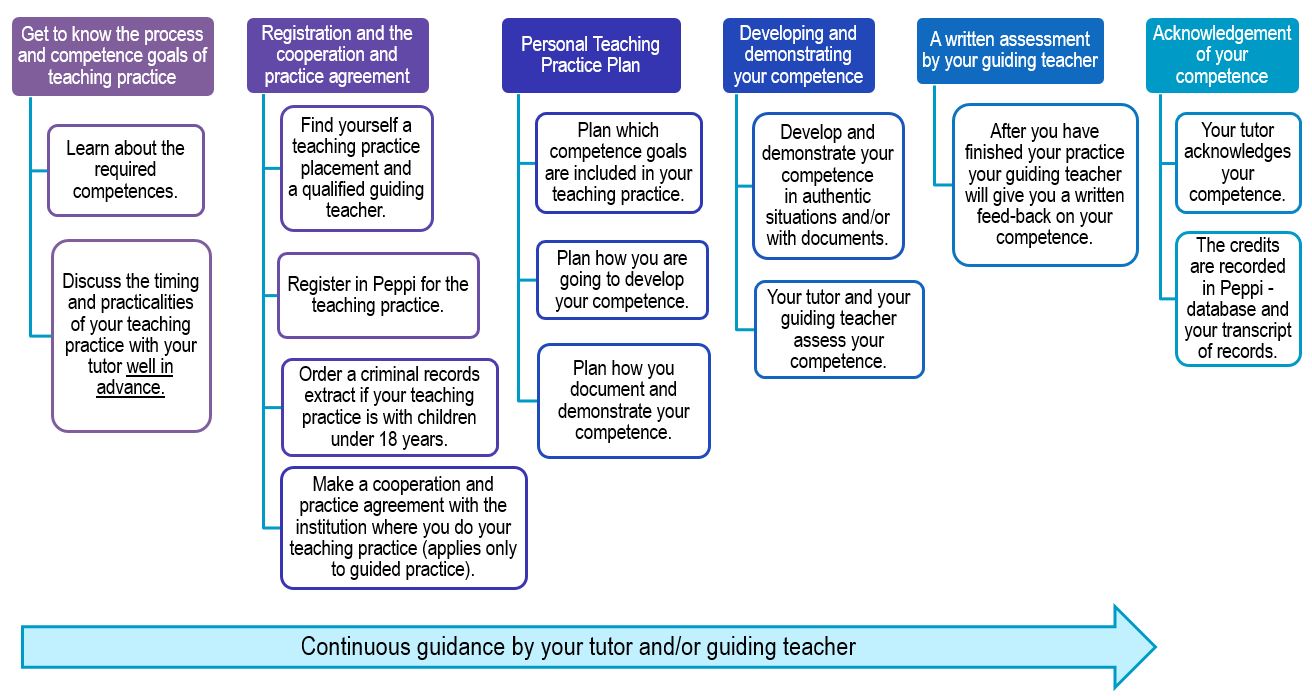


No comments:
Post a Comment